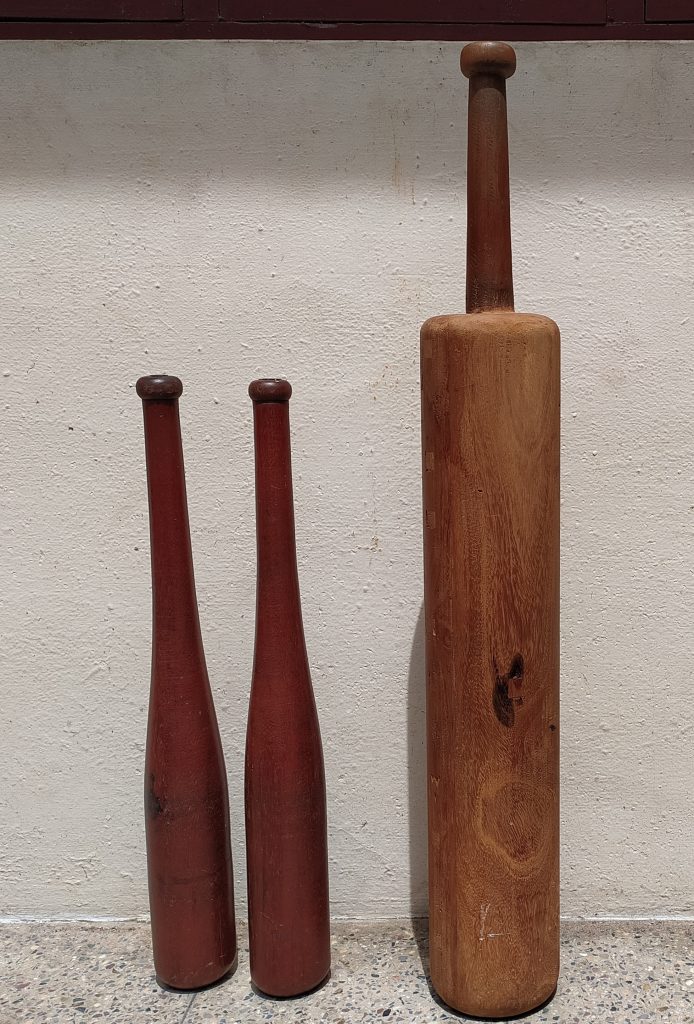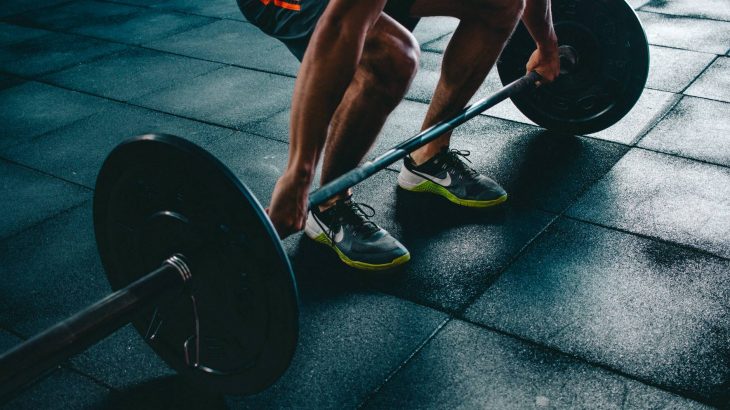Eating small frequent meals has been touted as a good way to boost your metabolism. In theory it seems sensible. In practice, it fails because
1. The quality of food is poor
2. The quantity of the snack is too large
3. There’s not enough rest for the digestive system
4. It makes you obsessed about food and your next snack
How do you turn this to your advantage?
Think out of the box. Apply the principle to movement and exercise instead. That might work for you. It definitely works for me. This post is about using microworkouts and the best instrument I’ve found for that are Indian clubs. Except maybe bodyweight/calisthenic training because it is even more minimalistic than Indian clubs.
Basic principle. Would be to keep the workout very short, and relatively easy, so that you can repeat the workout several times during the day. Think of it as movement practice, rather than a workout. Idea is to train movement patterns and get stronger, than to try and become exhausted. I first came across this concept when I started training with kettlebells and encountered Pavel Tsatsouline’s “grease the groove” method. Works extremely well for building strength rapidly, without burning out your nervous system or overloading your repair and regenerative capacity.
Short note about exercise. Contrary to popular belief, exercise makes you weak. It’s the rest periods that make you stronger. You need to exercise and rest. Exercise and rest. The dose needs to be calibrated accurately. And calibration is best done with tiny changes than wild fluctuations. The more damage you do to your musculoskeletal system, the more rest it will need to recover. While recovering, it comes back stronger, for the next exercise, but this extra strength lasts for a short window, and if you miss that super compensation window, you’ll lose some of the gains. On the other hand, if you hit it too early with the next workout, when you’re weaker than before, your subsequent workout will suffer and you’ll make poor progress or sometimes even slide backwards. If you carry on overloading your system without recovering enough, you’ll either get injured, or you’ll catch an infection. Which doesn’t seem like a good idea in this time of Corona.

Why clubs are my favourite modality of strength training the upper limb and core
1. Reps are high, so weight moved is low. This reduces risk of injury.
2. Trains strength, strength endurance and cardio in the same session
3. Nothing like kettlebells and clubs to train strength endurance. Since most of my hobbies demand strength endurance more than outright strength, I’ve gravitated towards these methods more. In spite of focusing on strength endurance my outright strength had continued to improve year on year. Slow and steady wins the race
4. High reps plus low load is a great way to get high total volume with less risk. Provided form is maintained
5. Trains circular, spiral and offset load patterns which are essential for daily life
6. Trains hand eye coordination
7. Is a whole body movement. It trains chains. Every link of the myofascial and musculoskeletal chain is trained. You’ll have a chain that has uniformly strong links, instead of an overdeveloped chest and bicep on a jelly like core and spine.
8. Challenges and stimulates your nervous system
9. Self regulating. If you are fatigued, your form will suffer and you’ll start getting hit by your own club. Nothing like a knock on your head to bring you back to your senses.
10. Trains flexibility and stability of your joints
11. Improves tendon and ligament strength along with muscular strength. The development of strength is accompanied by devlopment if the supporting structure, so injury risk is reduced.
12. Conventional weight training is almost always compressive. Clubs provide traction that is essential to keep your joints healthy
13. Are a great training tool for the posterior chain, which is required to counteract the “computer posture”
14. Great training for the forearms and grip, which usually get neglected by regular gym goers
15. Excellent rehab for shoulder injuries that were triggered by gym abuse but set up for, by computer posture.
16. A 360 degree joint like the shoulder can’t be trained by just regular pushing and pulling. You need 360 degree training. Which I’ve seen best done, by clubs. To a lesser extent by Bulgarian bags and kettlebells
How to do micro workouts with clubs. Each session needs to be short. 10 minutes or less. This means your exercise will incorporate the warmup. Do them thrice daily. Before meals. More frequently if you feel like it. Aim is to train movement. Do not try to get tired. You should feel high after the session. You should feel like you can do another session immediately. You should feel energised. If you feel tired you’ve done too much. Cut back on reps or weight in the next session. You’ll need two light clubs (1.5 to 2kgs) and one heavy club (5kg roughly). You’ll do the light clubs for a warm up lasting 2 minutes and then move to the heavy club for 8 minutes. Alternating between hands at each set. You’ll be working continually, but one of your upper limbs will rest while the other works. That way cardio, and core get continuous training while the smaller muscles get a break. Never do a set till you’re completely fatigued. You should always have atleast 5 reps of perfect form left in your hand when you end the set and switch to the other hand. When I started off with the heavy club, I would do a set of 5 in the right hand, switch left, do 5, switch right and so on, till 8 minutes was up. These days, my rep range is at 15 per set. Target is 30 per set. But there’s no hurry. I’ve got the rest of my life to get to that target. When you start doing that many reps in one session and you multiply that by 3,a day, you end up with an extremely high number that would wreck you, if you did them all in a single hour long session. Instead, you get 30 minutes of time under tension daily, or more, with zero fatigue and a buzz that feels like you’ve been drinking coffee all day. Three other advantage is that you interrupt your sedentary posture atleast three times a day. The beneficial effect on posture is rapid. And more sustained compared to a single long session, as you’re not letting the body default to the hunched over position over the next 8 hours. The term minute session is not enough to sweat buckets. You can practice in your work clothes. There are days when I’ve done ten sessions without sweating, because I’m doing only one set in each hand and then stopping. Total volume would then go up to a 100 heavy club swings without even sweating. Plus form becomes super clean because you’re practicing the movement while fresh. You don’t need a lot of space to do these exercises, so if you’re hard-core enough, you can even take them to the office. Your colleagues will not bother you, when they see you swinging a heavy club before a meeting.
Here’s a summary.
Minimum of three sessions a day. 10 minutes each. End the reps before your form deteriorates. End the session before your sweat starts to mark your clothes.
Single handed use is better than two handed use, when you’re using microworkouts.
Maximum number of sessions- sky is the limit. But as your sessions get more frequent, your volume per set will have to reduce. This is best suited for a moderately heavy club like 4 to 5 kilos.
For a super heavy club (7kg and above, for me), you’ll need a warm up before you can attempt even a short set. This will not work for that kind of loading. Because the time wasted for the warmup feels inefficient and the risk of injury without the warmup will be too high.
Using just the light clubs for microworkouts might not work, because at the end of 10 minutes, you’ll be sweating, but the loading would not be enough to generate a strength improvement or a growth stimulus.
Ask in comments whatever doubts you’ve got.
